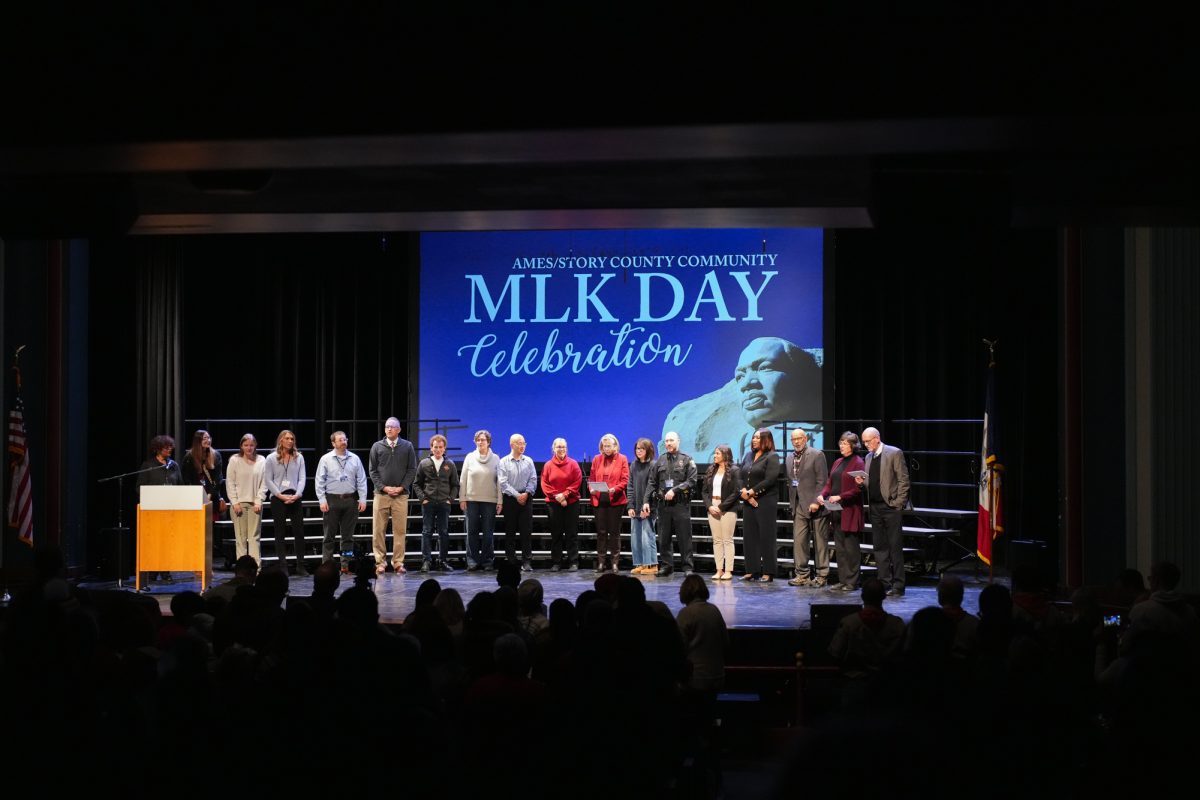Tolkien lecturer points out biblical, books’ similarities
September 28, 2003
J.R.R. Tolkien’s “The Lord of the Rings” trilogy is about more than elves, hobbits and dwarves. Joseph Pearce says it’s also a lesson in Catholicism.
Pearce, speaking to a crowd of about 200 at the Memorial Union Sunday, said the trilogy has roots not only in Tolkien’s Catholic upbringing, but also in Christianity itself.
Pearce is the writer in residence and a literature professor at Ave Maria College in Ypsilanti, Mich. He has been given access to Tolkien’s personal papers as well as his family while writing his book, “Tolkien: Man and Myth.”
“‘The Lord of the Rings’ is a fundamentally religious and Catholic work — “unconsciously so at first, but consciously in the revision,” said Pearce, quoting Tolkien.
Pearce said many who read the trilogy don’t understand what Tolkien was really saying.
“If you were to read ‘The Lord of the Rings’ as its author intended for it to be read, its religious dimension will shine through, as ultimately questions of right and wrong [and] good and evil are religious questions,” Pearce said.
Pearce said Tolkien’s last published work, “The Silmarillion,” contained allusions to the Biblical story of man’s fall from grace. The story, a prequel to “The Lord of the Rings” trilogy, was told from the point of view of elves.
In “The Silmarillion,” ultimate evil is represented by “Morgoth,” the first dark lord.
Like the Bible’s Satan, Morgoth was also a fallen archangel, Pearce said. “The Silmarillion” told how the elves succumbed to temptation from the dark lord and were banished from Valinor, the land of God.
“‘The Lord of the Rings’ contains that concept, too,” Pearce said.
“Frodo falls to the temptation of the ring and has to leave his idealic existence in the Shire to destroy it.”
The lecturer pointed out how there are many places in the trilogy where the biblical adage, “No greater love than to lay down your life for your friends,” was applicable.
One of those is found when the wizard Gandalf seemingly perishes fighting the Balrog on the bridge in “The Fellowship of the Ring.”
Pearce also said Tolkien’s use of March 25 in “Return of the King” as the day when the ring was destroyed was no coincidence. Catholics celebrate that day as Annunciation Day, when the Virgin Mary first became aware she was pregnant with the son of God.
Pearce said the trilogy contains universal truths, concepts and ideas that are not only relevant to our age, but to all ages. Pearce said he believes this is also true of “The Lord of the Rings” itself.
“It’s a tale for all times,” he said.






